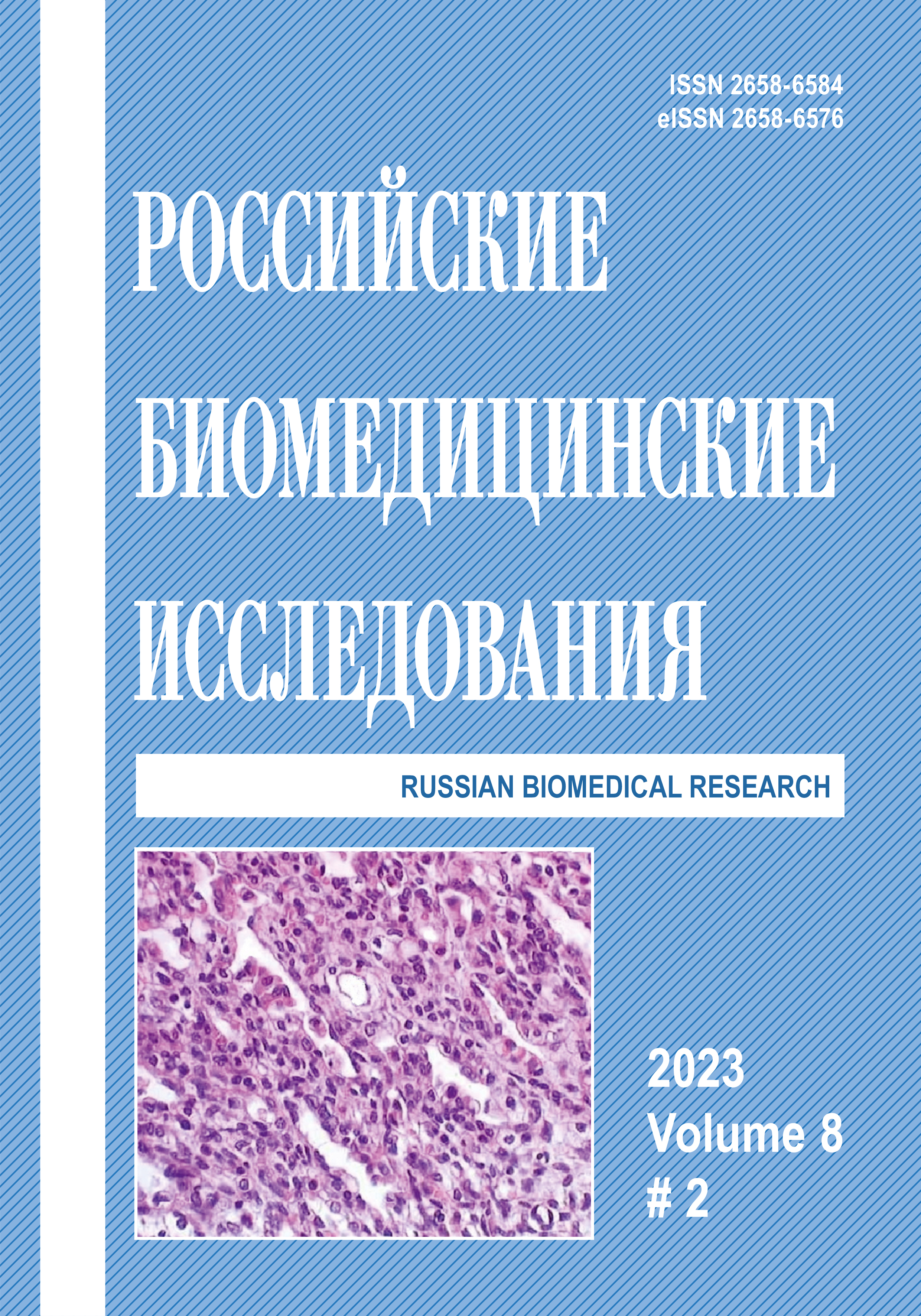CORRELATION OF HYPERACTIVATION OF THE mTOR SIGNALING PATHWAY, AGING PROCESSES AND COVID-19 PATHOGENESIS (LITERATURE REVIEW)
Abstract
One of the most pressing problems of modern healthcare is the aging of the world’s population and the spread of diseases associated with aging. One of the promising areas that can shed light on the solution of this problem today is the study of the intracellular signaling pathway mTOR (Mechanical target of rapamycin) and drugs that can inhibit it. The mTOR signaling pathway is the most important regulator of cellular metabolism and immune response, and its hyperactivation contributes to the development of a cytokine storm, carcinogenesis and actually the aging of the body itself. Another challenge for humanity is the ongoing COVID-19 pandemic, in connection with which the search for new methods of antiviral therapy has become of great importance. There are various theories explaining the connection between hyperactivation of the mTOR pathway, aging of the body and the «COVID-19 vulnerability syndrome» of older people, which partly explains
the high mortality from SARS-CoV-2 among the elderly population. In this regard, proposals are being put forward for the use of mTOR pathway inhibitors (such as rapamycin and metformin) for the treatment of various viral diseases (including COVID-19), as well as for the treatment of age-related diseases. Researchers have shown the connection of the mTOR signaling pathway with such phenomena as hyperinflammation, cytokine storm, obesity and atherosclerosis, type 2 diabetes mellitus (type 2 diabetes), a decrease in the ability of stem cells to differentiate and a decrease in acquired immunity. Its effect on excessive synthesis of adhesion molecules, activation of leukocytes, suppression of apoptosis, lipid peroxidation, excessive activation of inflammatory cells, as well as viral replication, which in turn increases the vulnerability of the body to COVID-19, is considered. At the same time, mTOR can stimulate the function of NK cells, as well as the production of interferon-α and anti-inflammatory cytokines, activate the ULK1/miR122 pathway, which, on the contrary, positively affects the body’s resistance to viral infection. The complex and diverse interrelations between all these processes are creatively reworked by the authors and presented in the form of visual generalizing schemes and cognitive maps presented in the article. The urgent task at the moment is to translate this theoretical knowledge into practical ones and to develop new treatment regimens and methods based on inhibitors of the mTOR signaling pathway.
Copyright (c) 2023 Russian Biomedical Research

This work is licensed under a Creative Commons Attribution 4.0 International License.



